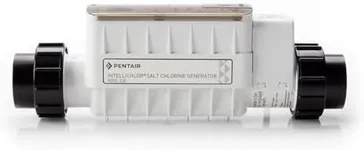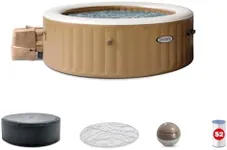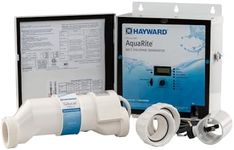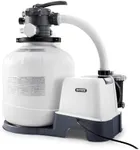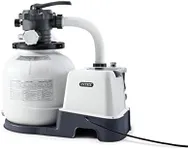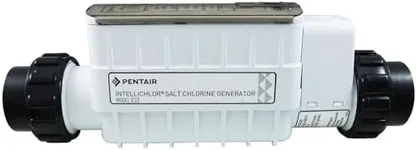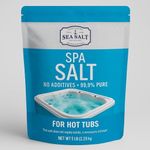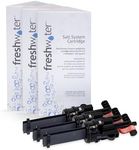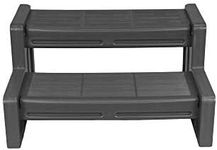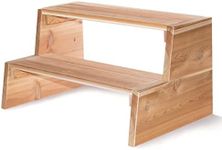Buying Guide for the Best Salt Water Spa Systems
Choosing the right salt-water spa system can greatly enhance your relaxation and wellness experience. Salt-water spa systems are known for their gentle, skin-friendly water and lower maintenance compared to traditional chlorine systems. When selecting a salt-water spa system, it's important to consider several key specifications to ensure you get the best fit for your needs. Understanding these specs will help you make an informed decision and enjoy your spa to the fullest.CapacityCapacity refers to the amount of water the spa can hold and how many people it can accommodate. This is important because it determines how many people can use the spa at once and how spacious it will feel. Capacities can range from small, two-person spas to large, eight-person models. If you plan to use the spa alone or with a partner, a smaller capacity may be sufficient. For families or those who entertain guests frequently, a larger capacity would be more suitable.
Salt Cell LifeThe salt cell is a crucial component of a salt-water spa system, as it generates chlorine from the salt in the water. The lifespan of the salt cell is important because it affects how often you will need to replace it. Salt cells typically last between 2 to 5 years. If you prefer lower maintenance, look for a system with a longer salt cell life. However, if you don't mind occasional replacements, a shorter lifespan may be acceptable.
Control SystemThe control system allows you to manage the spa's functions, such as temperature, jets, and lighting. A user-friendly control system is important for ease of use and convenience. Control systems can range from basic manual controls to advanced digital touchscreens with programmable settings. If you prefer simplicity, a basic control system may be sufficient. For those who enjoy customizing their spa experience, an advanced control system with more features would be ideal.
Filtration SystemThe filtration system keeps the water clean by removing debris and impurities. This is crucial for maintaining water quality and ensuring a pleasant spa experience. Filtration systems can vary in efficiency and maintenance requirements. High-efficiency filters require less frequent cleaning and replacement, making them ideal for those who want minimal upkeep. Standard filters may need more regular maintenance but can still provide good water quality.
Energy EfficiencyEnergy efficiency refers to how much power the spa system uses to operate. This is important for both environmental impact and operating costs. Energy-efficient models use less electricity, which can save you money on your utility bills and reduce your carbon footprint. Look for systems with energy-saving features such as insulated covers, efficient pumps, and programmable timers. If you are environmentally conscious or want to reduce operating costs, prioritize energy-efficient models.
Jet ConfigurationJet configuration refers to the number, type, and placement of jets in the spa. This affects the massage experience and overall comfort. Jet configurations can range from a few strategically placed jets to numerous jets with various massage settings. If you enjoy a strong, targeted massage, look for a spa with more jets and customizable settings. For a more gentle, relaxing experience, fewer jets may be sufficient.
Build QualityBuild quality encompasses the materials and construction of the spa system. This is important for durability, longevity, and overall performance. High-quality materials such as reinforced acrylic and stainless steel components are more resistant to wear and tear. If you want a spa that will last for many years with minimal issues, invest in a system with high build quality. For occasional use or a lower initial investment, standard build quality may be adequate.
